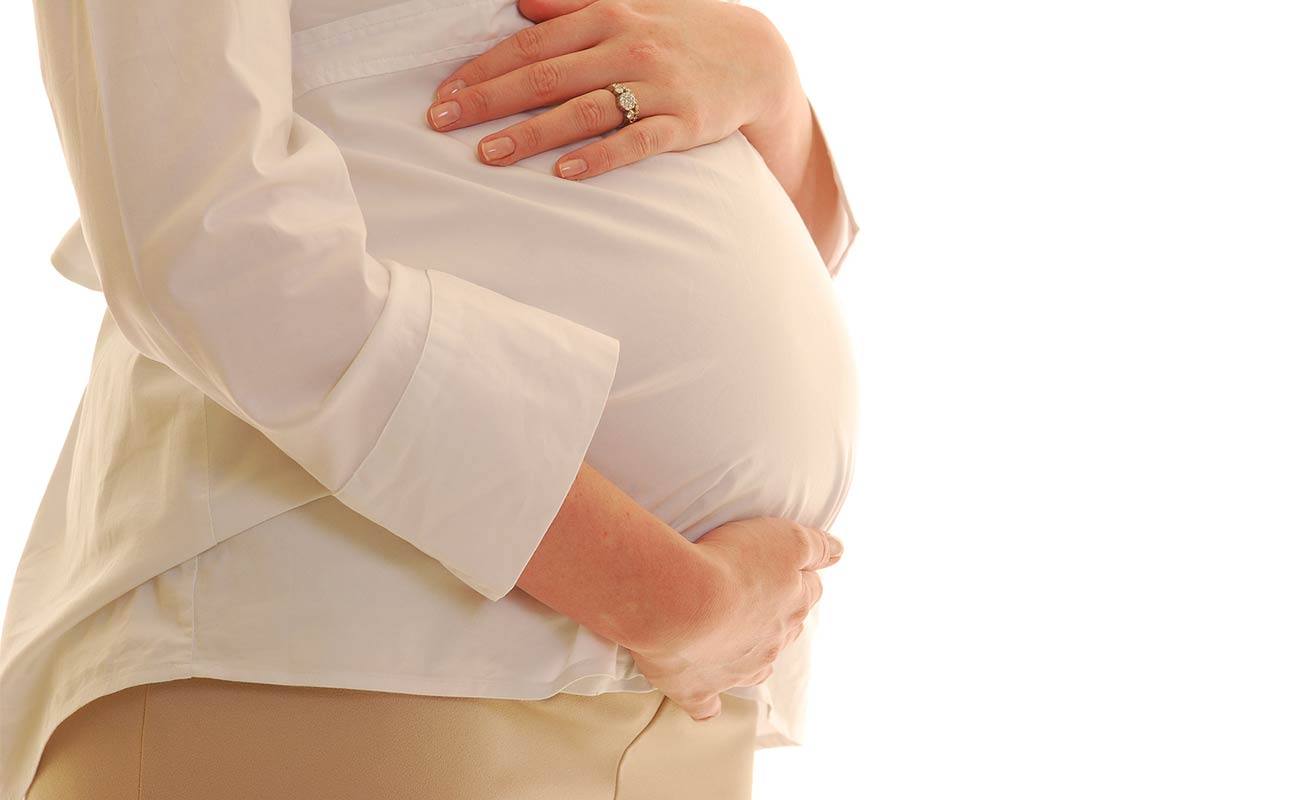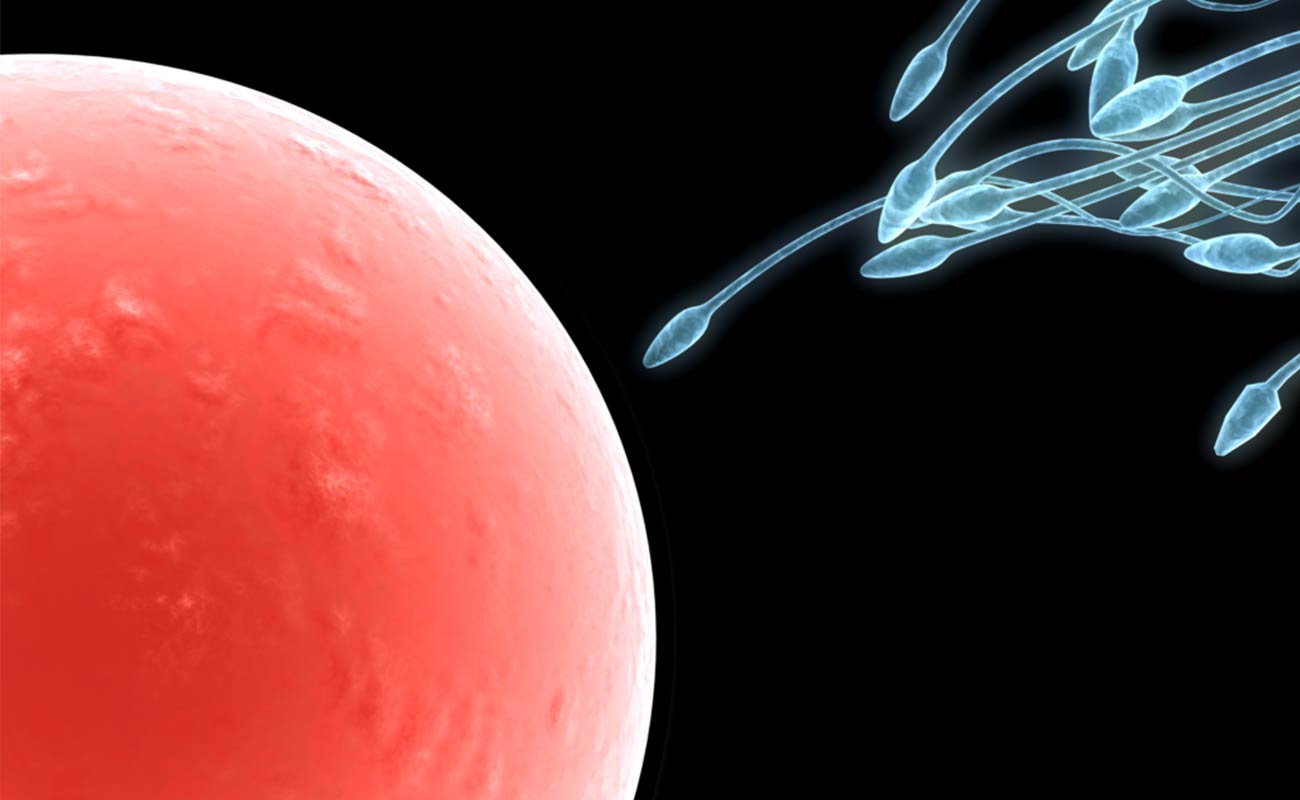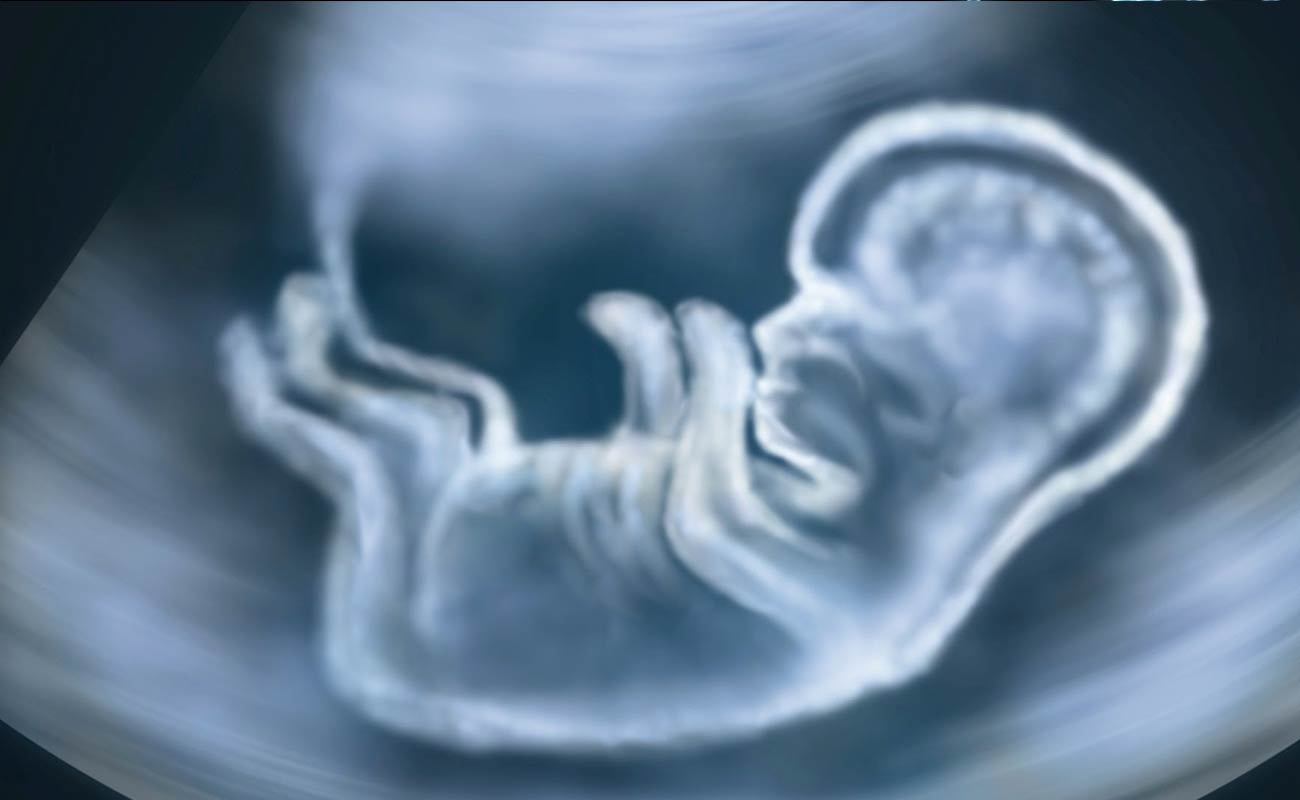Intrauterine insemination (IUI) — a type of artificial insemination — is a procedure for treating infertility.
Sperm that have been washed and concentrated are placed directly in your uterus around the time your ovary releases one or more eggs to be fertilized. Older types of artificial insemination placed the sperm in the vagina. While this was easier, it was not as successful as the current procedure.
The hoped-for outcome of intrauterine insemination is for the sperm to swim into the fallopian tube and fertilize a waiting egg, resulting in a normal pregnancy. Depending on the reasons for infertility, IUI can be coordinated with your normal cycle or with fertility medications.
Depending on your particular fertility problem, you may need to use fertility drugs alongside your IUI treatment. If you do take fertility drugs it's called a stimulated cycle, because the drugs stimulate ovulation. If drugs are not used it's called an unstimulated cycle, or natural cycle.
While experts agree that the stimulated cycle has a higher chance of pregnancy compared to a natural IUI cycle, this needs to balanced with the increased risk of multiple pregnancy inherent in a stimulated cycle.
You may think that twins or more would be a great way to start a family if you have fertility problems. But multiple pregnancies increase your risk of miscarriage and other pregnancy complications.
In unstimulated cycles, IUI is timed to take place at the time of natural ovulation. You may be asked to detect ovulation using an ovulation predictor kit, or your doctor may track your cycle using blood tests and ultrasound scans. IUI is usually done between day 12 and day 16 of a natural menstrual cycle, but the exact day will depend on your individual cycle.
If your fertility specialist has offered IUI during a stimulated cycle, you'll probably be given fertility drugs in the form of tablets or injections. You'll start taking the drug near the beginning of your menstrual cycle.
An ultrasound scan helps to locate the egg and check that it is mature. This will allow insemination to take place at the best time. You may ovulate naturally, or be given an injection of a hormone called human chorionic gonadotrophin (hCG) to bring it on.
Your partner will be asked to provide a sperm sample, which will be washed to extract the best quality and most mobile sperm. That sperm is then inserted into your uterus within 24 hours and 40 hours of the hCG injection, or when you have a rise (surge) in luteinising hormone (LH).
Using a catheter (tube) through your cervix, your doctor will put the sperm directly into your uterus near a fallopian tube. This is the passage the egg travels along from an ovary to your uterus.
After IUI you will rest for a short time and then carry on life as normal. You'll be able to take a pregnancy test in about two weeks.
Intrauterine insemination is a relatively simple and safe procedure, and the risk of serious complications is low. Risks include:
If male factor infertility issues are suspected before IUI, your partner will need a full male fertility evaluation, including a sperm analysis (SA), before you undergo the IUI procedure.
During this evaluation, a doctor will check your partner’s semen for sperm count and motility. If he has low sperm count, the doctor may ask him to give several semen samples that can be used during the IUI procedure. Having several samples will increase the number of sperm available and may improve your chances of IUI success.
Before giving a sperm sample, your partner will want to abstain from ejaculation for 2-3 days. This 2-3 day wait will maximize his sperm count, and help ensure that his sperm are healthy and mobile.
Success rates depend on the cause and severity of the infertility and your age. Success rates for IUI using donor sperm in the USA are about:

The success of IUI depends on several factors. If a couple has the IUI procedure performed each month, success rates may reach as high as 20% per cycle depending on variables such as female age, the reason for infertility, and whether fertility drugs were used, among other variables.
While IUI is a less invasive and less expensive option, pregnancy rates from IUI are lower than those from IVF. If you think you may be interested in IUI, talk with your doctor to discuss your options.
Submit Comment